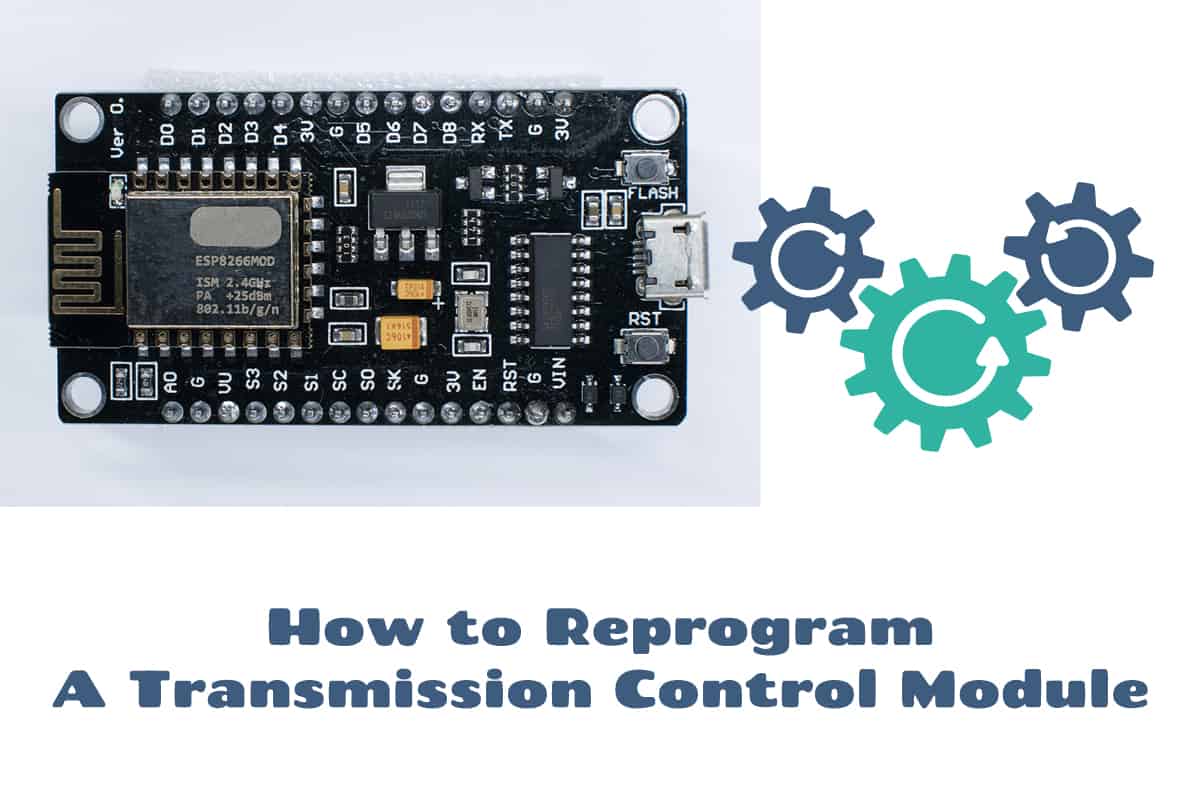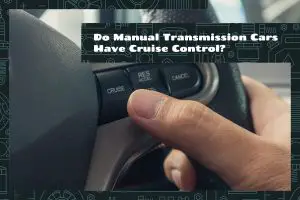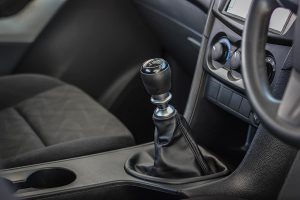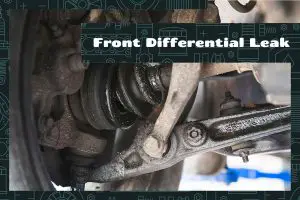The Transmission Control Module (TCM) plays a vital role in controlling your vehicle’s automatic transmission system. Issues with the TCM can lead to noticeable performance problems, making it essential for any car enthusiast to understand how to diagnose and resolve these problems. One method of resolving TCM problems is by reprogramming it.
Reprogramming a TCM involves using specialized software to update or modify the firmware within the module. The basic steps include:
- Identifying the TCM in your vehicle
- Acquiring the necessary reprogramming software
- Connecting your vehicle to a computer
- Downloading and installing the appropriate updates
- Running the reprogramming process
- Confirming successful reprogramming
This guide is designed to demystify the process of reprogramming a TCM. We’ll delve into what a TCM is, and how and when to reprogram it.
Introduction to the Transmission Control Module (TCM)
A Transmission Control Module is a computer system in your vehicle. It receives information from various sensors, interprets this data, and uses it to control the actuation of the automatic transmission.
This microprocessor-based system is located within the engine compartment. While the exact position may vary between models, it’s generally located either inside or nearby the transmission.
The TCM continuously receives and analyzes data from sensors placed in strategic areas of the vehicle. These sensors monitor variables like vehicle speed, engine speed (RPM), throttle position, and the position of the shift lever. The TCM uses this information to control the operation of the solenoid valves, which in turn control the flow of hydraulic fluid in the transmission. This action leads to the shifting of gears, ensuring smooth vehicle operation.
The TCM plays a critical role in the efficient operation of a vehicle, especially those with an automatic transmission. By monitoring data from various sensors and adjusting the transmission’s operation accordingly, the TCM can optimize vehicle performance, enhance fuel efficiency, and prolong the lifespan of the transmission system.
When the TCM operates optimally, drivers experience smooth gear changes without any noticeable jumps or delays. Moreover, the TCM adjusts the timing of gear shifts to provide maximum fuel efficiency based on your driving style and conditions.
Conversely, a malfunctioning TCM can lead to a myriad of issues, including erratic gear shifts, decreased fuel efficiency, and potential damage to the transmission. It’s crucial to diagnose and address TCM issues promptly to prevent more significant, potentially costly problems down the line.
What Is Vehicle Reprogramming?
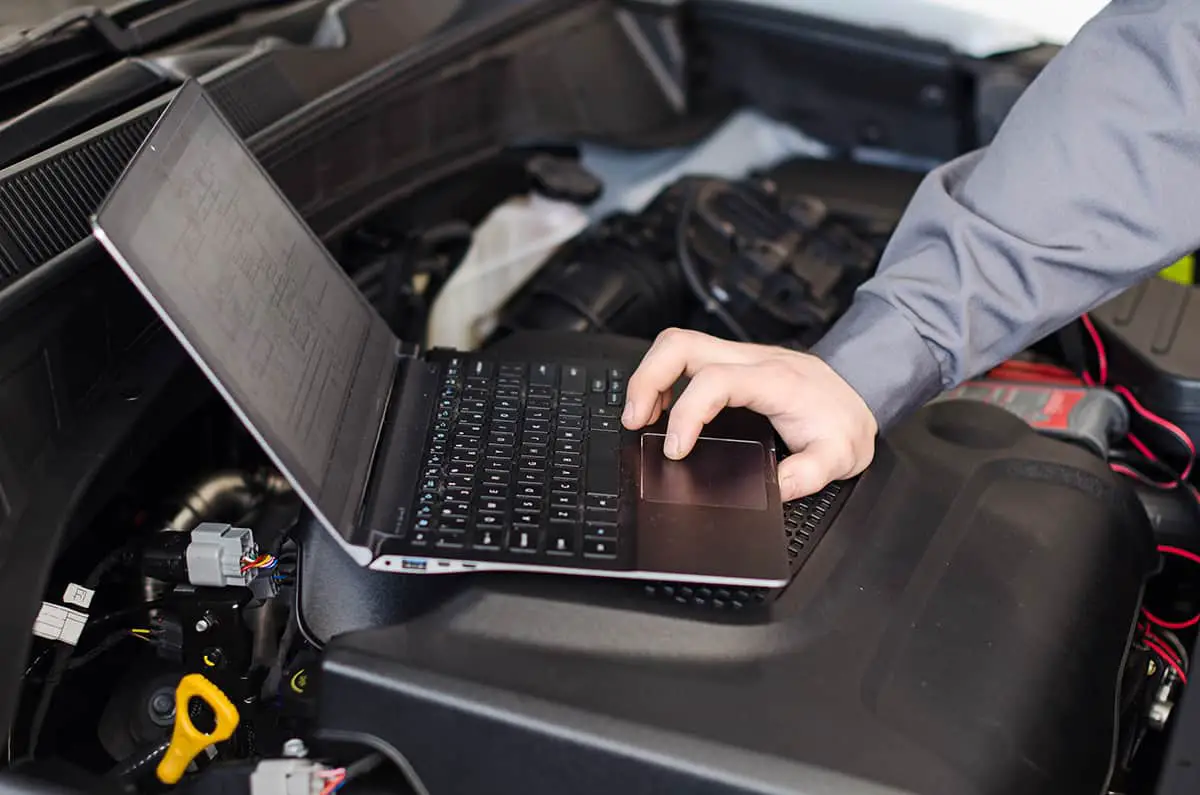
Vehicle reprogramming involves altering or updating the software within a vehicle’s electronic control units (ECUs), such as the TCM. These ECUs are essentially computers that monitor and control various aspects of your vehicle’s operation, from engine performance to transmission control.
Reprogramming an ECU, such as the TCM, involves changing its software to alter how it controls and interacts with the vehicle’s systems. This process can be used to correct errors in the original software, update the software to improve vehicle performance, or adapt the ECU to changes in the vehicle, such as the installation of new components.
Why Vehicle Reprogramming is Necessary
There are various reasons why vehicle reprogramming might be necessary. One of the most common is to correct errors or bugs in the ECU’s original software. Despite rigorous testing by vehicle manufacturers, software errors can sometimes make it into the final product. When these errors cause problems with vehicle performance, reprogramming the ECU can correct them.
In the context of the TCM, reprogramming is often necessary when the TCM malfunctions, as discussed in the previous sections. If the TCM’s issues stem from software errors or outdated software, reprogramming can resolve these issues and restore the TCM’s proper operation.
Step-by-step Guide to Reprogramming a Transmission Control Module
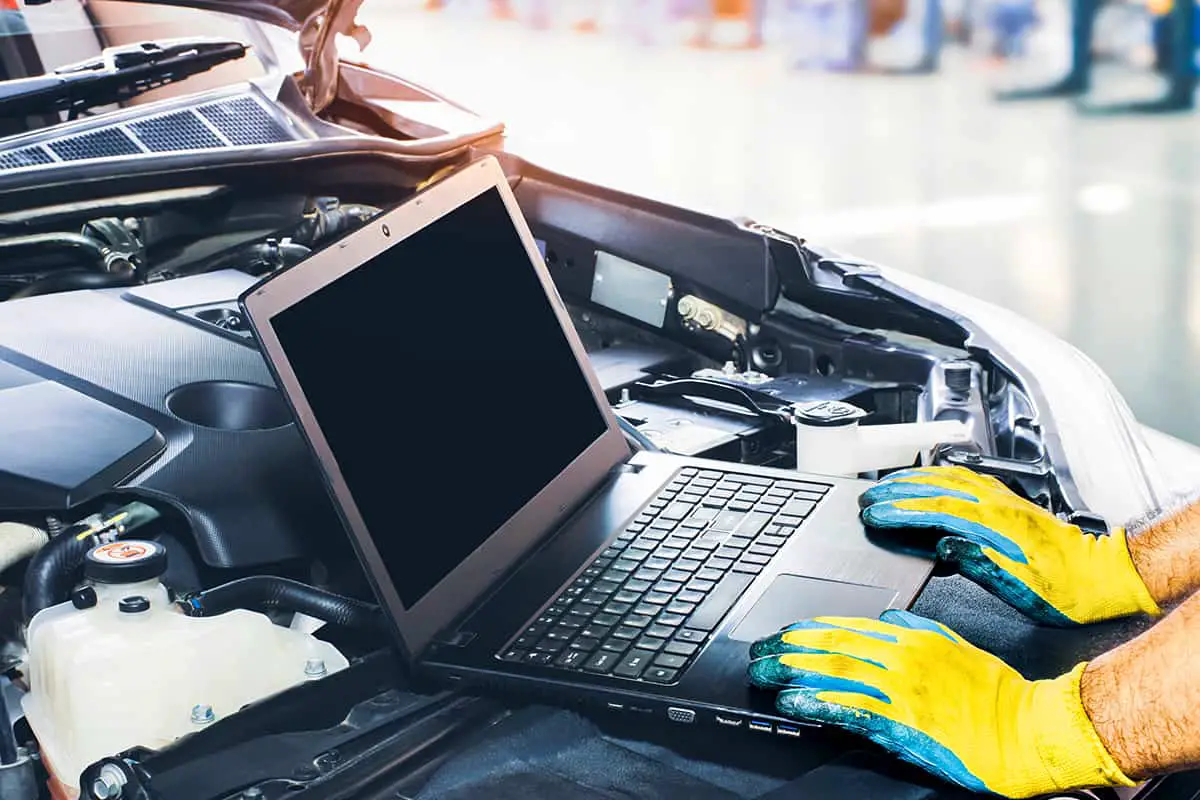
Step 1: Safety and Preparation
Before beginning the reprogramming process, ensure that your vehicle is parked in a safe location, the ignition is off, and the vehicle is secure. It’s also crucial to have all necessary tools, including a reputable reprogramming device compatible with your vehicle’s make and model and a stable power source.
Step 2: Access the TCM
To reprogram the TCM, you first need to access it. Typically, the TCM is located in the engine compartment, although its specific location varies among different vehicle models. Check your vehicle’s manual or consult a professional if you’re unsure about the location.
Step 3: Connect the Reprogramming Device
Once you’ve located the TCM, connect the reprogramming device to the vehicle’s OBD-II port. The OBD-II port is usually located under the dashboard on the driver’s side, although its location can vary. Once connected, switch on the reprogramming device.
Step 4: Download the Software Update
With the reprogramming device connected, download the necessary software update from the vehicle manufacturer’s database. Ensure that the downloaded software is compatible with your vehicle’s make, model, and TCM. Missteps in this stage could result in compatibility issues or further malfunctions.
Step 5: Begin the Reprogramming Process
Once you’ve downloaded the appropriate software, you can start the reprogramming process. Follow the instructions on the reprogramming device. This typically involves selecting the correct ECU (in this case, the TCM) and choosing the option to reprogram or update the software.
Step 6: Install the Software Update
The reprogramming device will then install the software update on the TCM. This process can take some time, so be patient. Ensure that the reprogramming device and the vehicle remain powered on throughout the entire process.
Step 7: Confirm Successful Reprogramming
After the reprogramming process is complete, the reprogramming device should provide a confirmation message. In addition, you can check for successful reprogramming by observing your vehicle’s performance. If the TCM was malfunctioning due to software issues, the vehicle should perform better after successful reprogramming.
Step 8: Disconnect the Reprogramming Device
Once you’ve confirmed successful reprogramming, switch off the reprogramming device and disconnect it from the OBD-II port. Be sure to store the device safely for future use.
